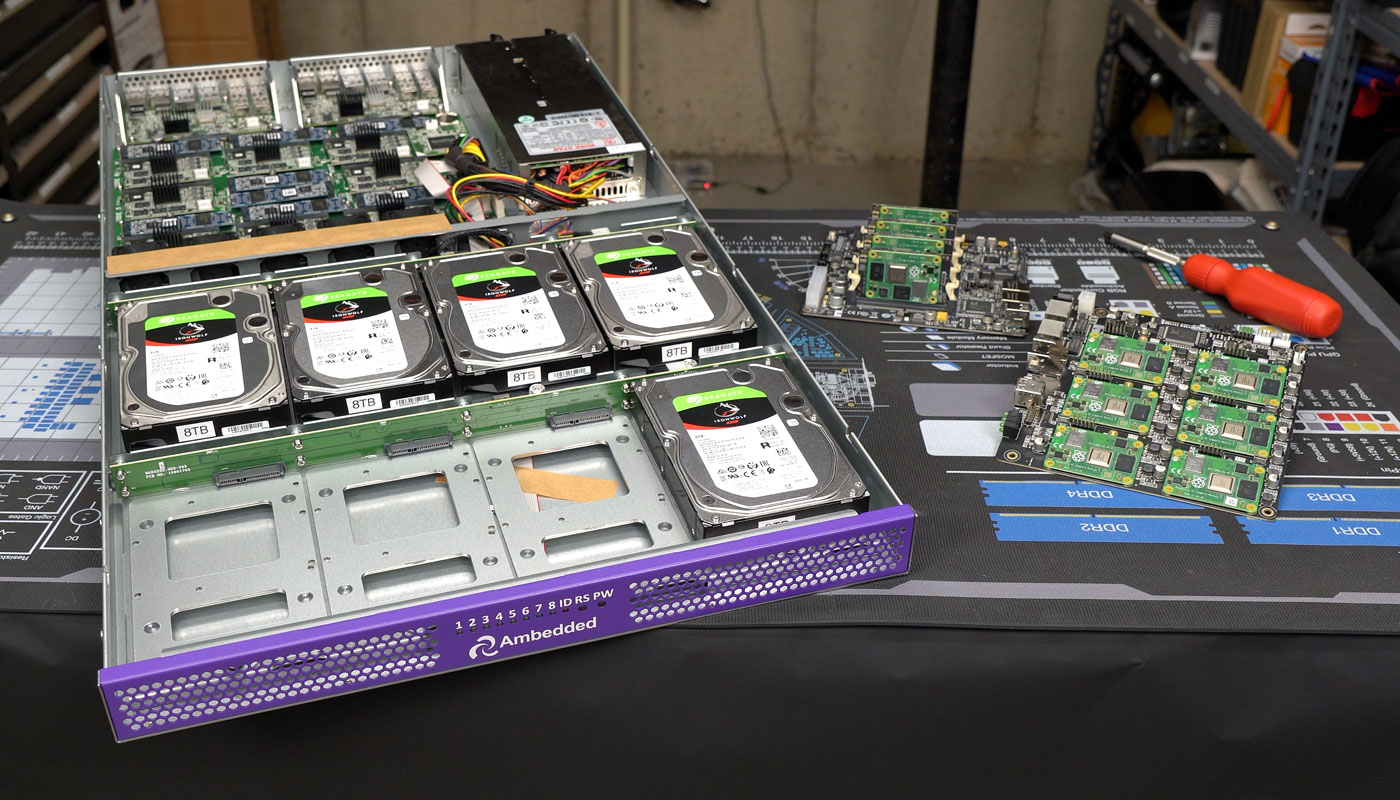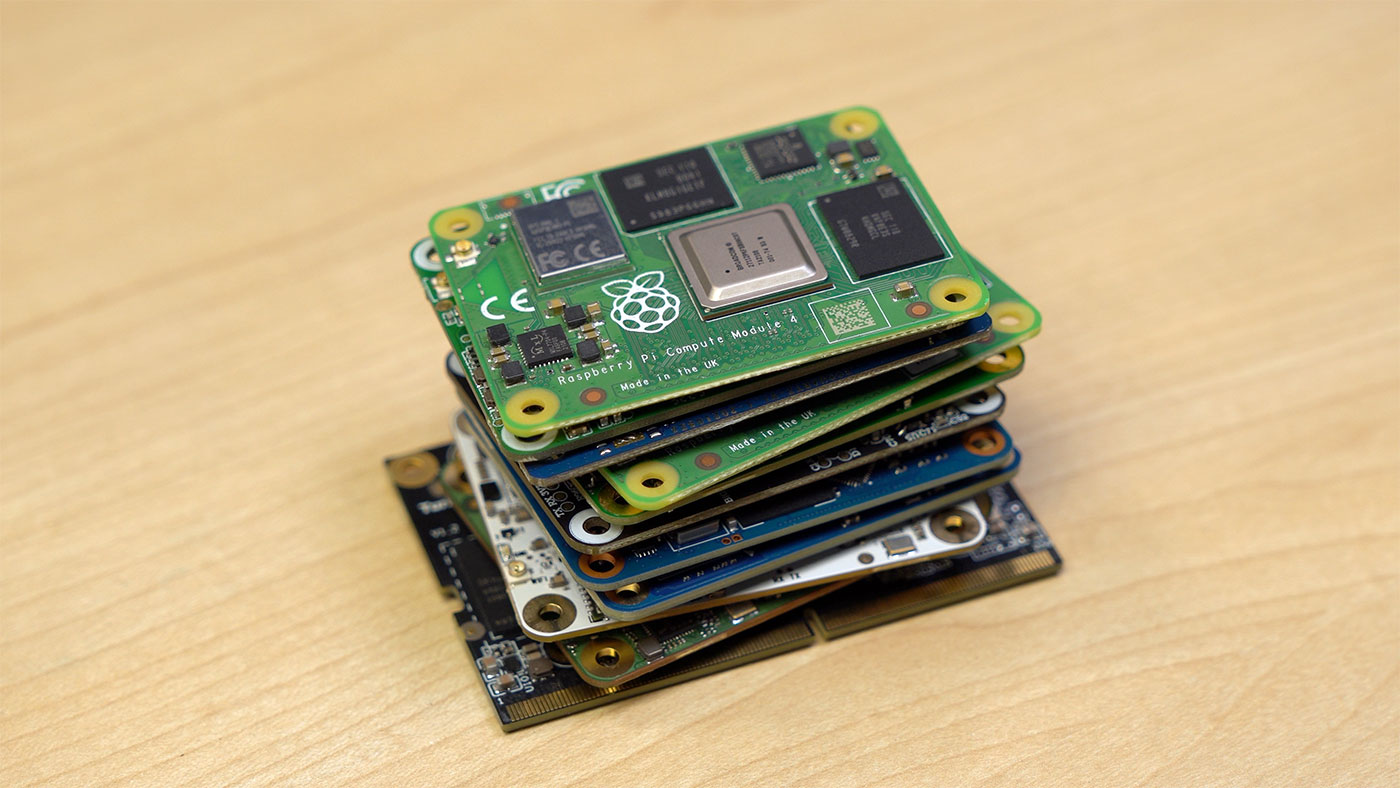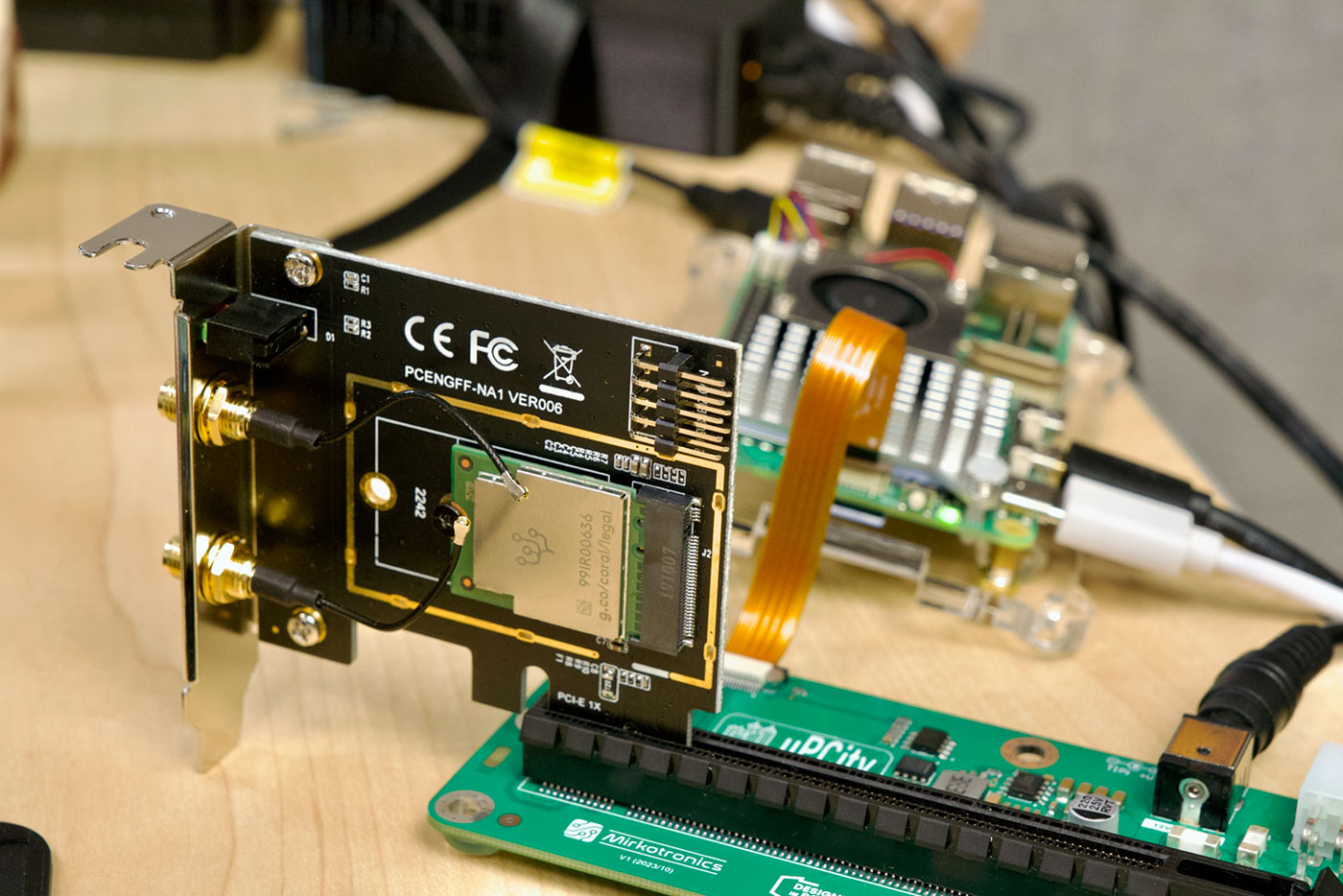Pi clusters aren't dumb
...and the video I just posted on the Mars 400 explores the topic a bit more.

But every time I've posted a video, blog post, tweet (xeet?), or anything else on the topic of Pi clusters, a common sentiment is "you can do that faster and cheaper with a set of VMs."
Or, during the Pi shortage (which is basically over), when you could only buy Pis from scalpers for insane markups, the sentiment was "you can do that faster and for the same price with a bunch of used mini PCs."
Luckily, with Compute Modules coming back into general availability at MSRP, and Pi 4s being available at most local retailers as well (at least here in the US?), building hobby clusters of 3, 4, or 6 Raspberry Pis is achievable again, for a few hundred bucks, all-in.

